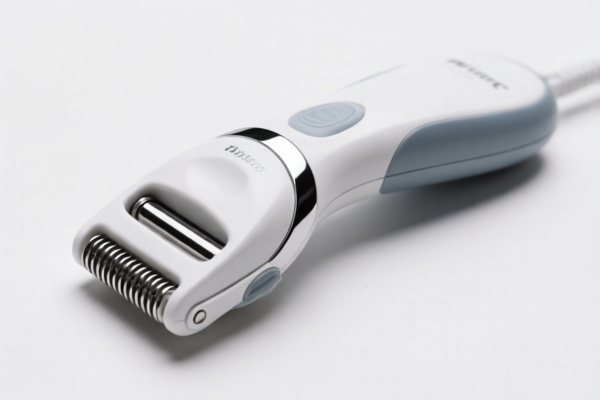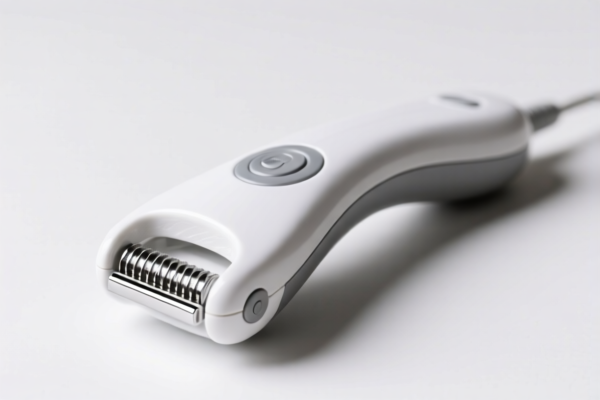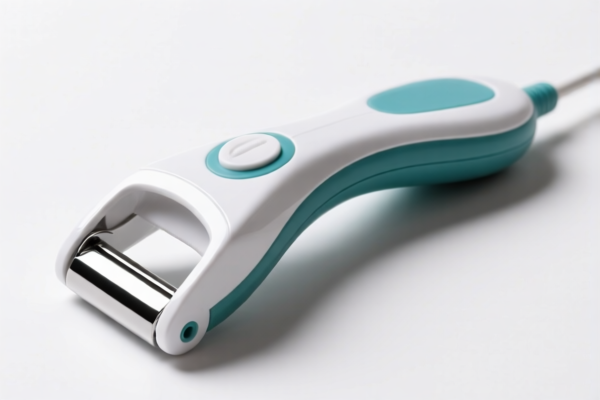| HS Code | Official Doc | Tariff Rate | Origin | Destination | Effective Date |
|---|---|---|---|---|---|
| 8424490000 | Doc | 57.4% | CN | US | 2025-05-12 |
| 8479899599 | Doc | 57.5% | CN | US | 2025-05-12 |
| 8479899599 | Doc | 57.5% | CN | US | 2025-05-12 |
| 8201906000 | Doc | 55.0% | CN | US | 2025-05-12 |
| 8201903000 | Doc | 2¢ each + 5.1%+55.0% | CN | US | 2025-05-12 |
| 8203206030 | Doc | 12¢/doz. + 5.5%+55.0% | CN | US | 2025-05-12 |
| 8203206060 | Doc | 12¢/doz. + 5.5%+55.0% | CN | US | 2025-05-12 |
| 8307103000 | Doc | 58.8% | CN | US | 2025-05-12 |
| 8307106000 | Doc | 58.8% | CN | US | 2025-05-12 |




Weed Puller
A weed puller is a tool designed to remove weeds from the ground, typically without the need for bending or kneeling. These tools aim to extract the entire weed root system, minimizing regrowth.
Materials
Weed pullers are constructed from a variety of materials, impacting durability, weight, and cost:
- Stainless Steel: Common for the claw/tines, offering corrosion resistance and strength.
- Carbon Steel: A more affordable option for claws, but requires protection against rust.
- Aluminum: Frequently used for handles and shafts, providing lightweight construction.
- Plastic/Polypropylene: Often used for handles and sometimes the body of the tool, offering affordability and reduced weight.
- Wood: Traditional handle material, offering a comfortable grip but requiring more maintenance.
Purpose
The primary purpose of a weed puller is to efficiently and ergonomically remove weeds from lawns, gardens, and other areas. They are intended to reduce physical strain associated with traditional weeding methods.
Function
Weed pullers function through various mechanisms:
- Leverage: Most designs utilize a lever action to amplify force, allowing the user to easily extract weeds with their roots.
- Claw/Tine Engagement: Claws or tines penetrate the soil around the weed's base, gripping the root system.
- Rotating/Pivoting Heads: Some models feature rotating or pivoting heads to optimize root capture and release.
- Ejection Mechanism: Many weed pullers include a mechanism to eject the weed from the tool after extraction, reducing the need for manual removal.
Usage Scenarios
- Lawns: Removing dandelions, clover, and other common lawn weeds.
- Gardens: Extracting weeds from flowerbeds, vegetable patches, and around plants.
- Cracks in Pavement: Some models are designed for removing weeds from narrow spaces.
- Flowerbeds: Useful for weeding around delicate flowers without causing significant disturbance.
Common Types
- Stand-Up Weed Pullers: These feature a long handle and a foot platform, allowing users to pull weeds while standing. Often utilize a two-prong or claw mechanism.
- Handheld Weed Pullers: Smaller, more compact tools designed for close-up weeding. These often require bending or kneeling.
- Rolling Weed Pullers: Feature a wheel that rolls over the weed, engaging the root system as it spins.
- Long-Handled Claw Weed Pullers: Combine a long handle with a claw mechanism for leverage and reduced bending.
- Japanese Hand Weeders (Hori-Hori): Versatile tools with a sharp, pointed blade and a serrated edge, effective for various weeding tasks.
- Garden Fork Weeders: Small, handheld forks designed to loosen soil around weeds for easier extraction.
Based on the provided information, a weed puller falls under the category of hand tools used in agriculture or horticulture. Here's a breakdown of relevant HS codes:
-
8201906000: Other handtools of a kind used in agriculture, horticulture or forestry, and parts thereof: Other. This code covers a broad range of hand tools for agricultural use, including those not specifically listed elsewhere.
- 82: Blades & tools, hand tools.
- 01: Hand tools of a kind used in agriculture, horticulture or forestry.
- 90: Other handtools.
- 60: Other.
- Tariff Details: Basic duty: 0.0%, Additional duty: 25.0%, Post 2025.4.2 Additional duty: 30.0%. Total tariff: 55.0%.
-
8201903000: Other handtools of a kind used in agriculture, horticulture or forestry, and parts thereof: Grass shears, and parts thereof. While specifically mentioning grass shears, a weed puller with a shearing action could potentially fall under this code.
- 82: Blades & tools, hand tools.
- 01: Hand tools of a kind used in agriculture, horticulture or forestry.
- 90: Other handtools.
- 30: Grass shears, and parts thereof.
- Tariff Details: Basic duty: 2¢ each + 5.1%, Additional duty: 25.0%, Post 2025.4.2 Additional duty: 30.0%. Total tariff: 2¢ each + 5.1%+55.0%.
-
8203206030: Files, rasps, pliers (including cutting pliers), pincers, tweezers and similar tools, and parts thereof: Pliers (including cutting pliers), pincers, tweezers and similar tools, and parts thereof: Other: Other (except parts) Pliers. If the weed puller functions with a gripping/pulling action similar to pliers, this code might be applicable.
- 82: Blades & tools, hand tools.
- 03: Files, rasps, pliers, pincers, tweezers and similar tools.
- 20: Pliers (including cutting pliers), pincers, tweezers and similar tools.
- 60: Other: Other (except parts) Pliers.
- Tariff Details: Basic duty: 12¢/doz. + 5.5%, Additional duty: 25.0%, Post 2025.4.2 Additional duty: 30.0%. Total tariff: 12¢/doz. + 5.5%+55.0%.
-
8203206060: Files, rasps, pliers (including cutting pliers), pincers, tweezers and similar tools, and parts thereof: Pliers (including cutting pliers), pincers, tweezers and similar tools, and parts thereof: Other: Other (except parts) Other. This is a broader category within the pliers section and could apply if the weed puller's function is similar to pliers but doesn't fit the specific "Pliers" description.
- 82: Blades & tools, hand tools.
- 03: Files, rasps, pliers, pincers, tweezers and similar tools.
- 20: Pliers (including cutting pliers), pincers, tweezers and similar tools.
- 60: Other: Other (except parts) Other.
- Tariff Details: Basic duty: 12¢/doz. + 5.5%, Additional duty: 25.0%, Post 2025.4.2 Additional duty: 30.0%. Total tariff: 12¢/doz. + 5.5%+55.0%.
It is important to determine the precise function and construction of the weed puller to select the most accurate HS code.
Customer Reviews
No reviews yet.